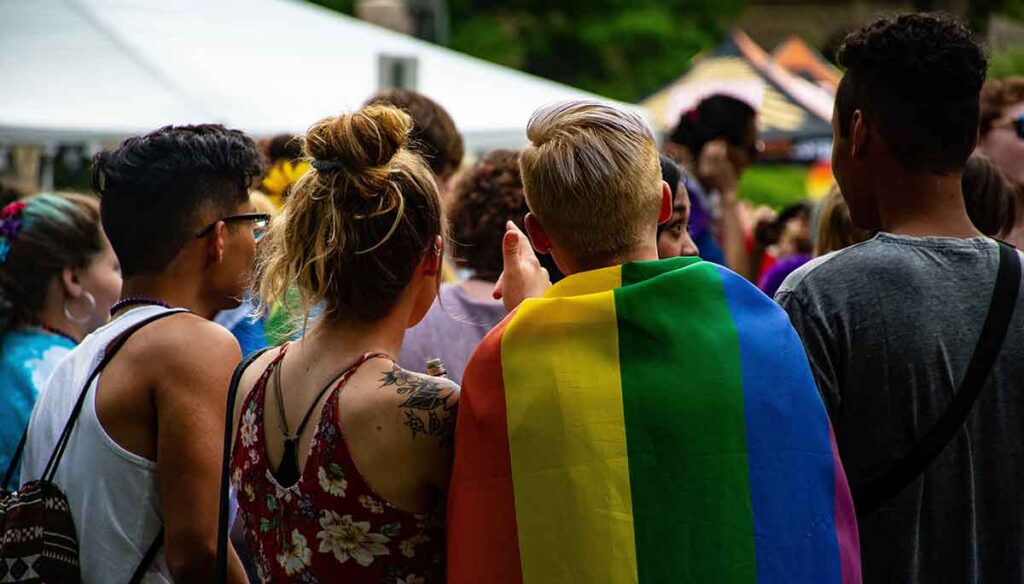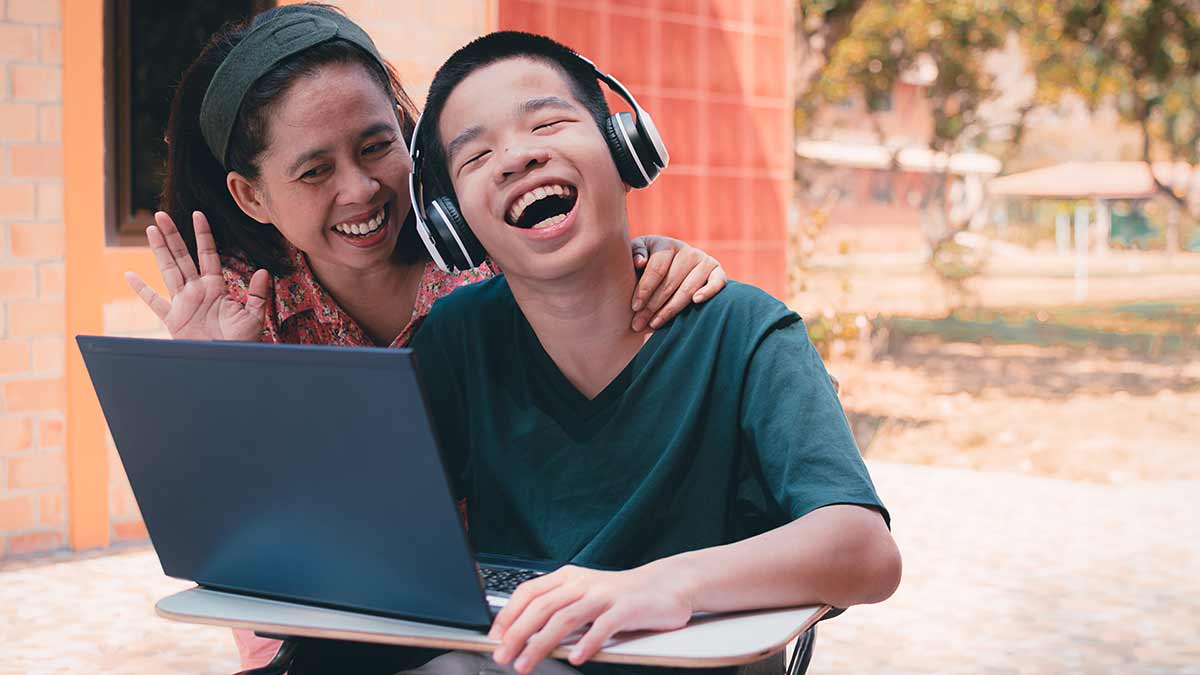
June is here, which means the official start of summer is right around the corner. June 1 also marks the beginning of Pride, an annual month-long event promoting equality and LGBTQ+ rights.
Pride is celebrated across the globe with demonstrations, community building programs, education, and parades. Many cities see huge turnouts at these events as both LGBTQ+ communities and allies participate to help raise awareness. A recent poll estimates that a record 5.6% of adults in the U.S. identify as LGBT.
This year, many Pride festivities across the country have been canceled because of the ongoing pandemic, but we can still support the LGBTQ+ community and reflect on the progress made in advancing LGBTQ+ rights.
So let’s take a look at some of the important gains and legal protections, issues that LGBTQ+ individuals still face today, and actions that everyone, including interpreters, can take to help support the community.
Pride throughout the years
The fight for equal rights has been raging for generations, and many individuals and events have contributed to important gains for the LGBTQ+ community over the years. However, the Stonewall riots in New York in June 1969 are widely recognized as the catalyst of today’s gay rights movement.
In New York in the 1960s, gay, lesbian, and other marginalized groups were harassed and targeted persistently, and gay bars and clubs in the city were often raided by police. After a raid at the Stonewall Inn on June 28, 1969, the frustrated and oppressed patrons rose up to protest discrimination by police. The uprising lasted for days, and sentiments of the persecuted gay community echoed throughout the country. A year later, more than 100,000 people attended the first parade organized to mark the anniversary of the uprising. Pride parades today are massive events. In Chicago, for example, organizers said an estimated 1 million people attended the parade in 2019 (the total city population is 2.7 million).
With the annual Pride events gaining traction all over the country and more attention being brought to inequalities, gay communities gained much more acceptance and recognition by the 1990s. Even so, it wasn’t until 2012 when the first sitting president, Barack Obama, publicly supported gay marriage. That year, the Supreme Court struck down bans on same-sex marriage, making it legal across all states.
Other laws have been put in place to protect LGBTQ+ individuals as well, and Section 1557 of the Affordable Care Act (ACA) “prohibits discrimination on the basis of race, color, national origin, sex (including sexual orientation and gender identity), age, or disability in covered health programs or activities.”
Issues facing LGBTQ+ individuals today
Even with the major victories for gay rights over previous decades, LGBTQ+ individuals still face frequent discrimination. Only some states have laws banning discrimination based on sexual orientation, so individuals often encounter difficulties when accessing healthcare, public accommodation, employment, and even housing.
Many LGBTQ+ patients have reported negative experiences in the healthcare system. For example, gay or lesbian patients often encounter medical assessments or questionnaires developed for heterosexual individuals, and transgender patients report incidents of healthcare providers not acknowledging their gender pronouns. In some cases, LGBTQ+ patients are met with indifference or denied proper care because of their gender or sexual orientation.
This stigma can lead individuals to avoid getting the important healthcare they need. One survey found that 1 out of 4 transgender individuals did not seek healthcare because they were afraid of being discriminated against. This is particularly devastating because transgender individuals often need crucial medical care and mental health services during transition.
These issues facing the LGBTQ+ community intersect with other marginalized groups as well, including limited English proficient (LEP) individuals. No clear data is available, but we know that those who are both LEP and LGBTQ+ face even tougher challenges when it comes to accessing healthcare and other important services.
Continuing to support the community through interpreting
There is still a long way to go to achieve equality, but everyone can help raise awareness. Even taking small steps can make change. We previously reported how using gender-inclusive language respects LGBTQ+ individuals and how they identify.
Interpreters can also help make healthcare more equitable for all. The National Council on Interpreting in Health Care (NCIHC) has an extensive collection of valuable resources for interpreters on their website. Some of the topics include standards of care, sensitive health issues, and barriers and health disparities. There is even a complete glossary of LGBT terms in Spanish.
Increased awareness in addition to having the right interpreting resources can help create more gender-affirming healthcare. Patients receive the best care when a provider truly knows and understands them, and interpreters are often the conduit to providing that crucial information in the patient’s language.
Are you an interpreter and interested in partnering with CLI? Visit our Careers page for more information.





